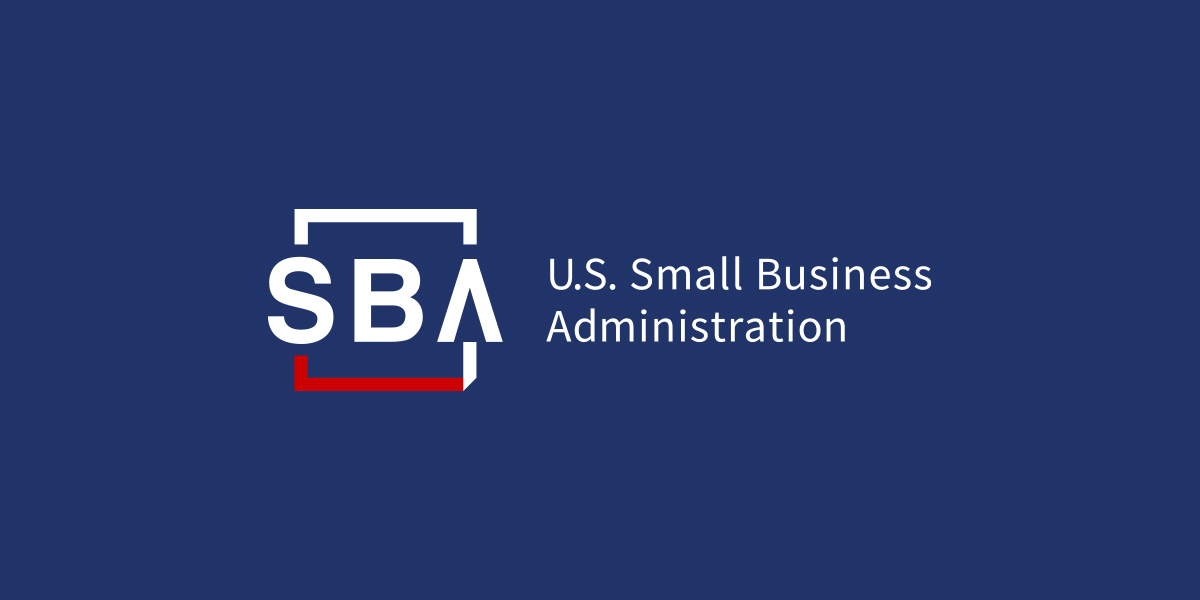-
Business Lines of Credit
A business line of credit is a financial tool that provides a revolving credit limit to a business, allowing them to borrow funds as needed up to a predetermined limit. It is a flexible form of financing that can help businesses manage their cash flow, cover short-term expenses, seize opportunities, and address unexpected financial challenges. Here are some key aspects of business lines of credit:
-
Revolving Credit: A business line of credit works similarly to a credit card, in that it offers a predetermined credit limit that can be used repeatedly. As you repay the borrowed amount, the available credit is replenished, making it a renewable source of funding.
-
Types of Business Lines of Credit:
- Secured Line of Credit: Requires collateral (e.g., business assets or personal assets) to secure the credit line, typically resulting in lower interest rates.
- Unsecured Line of Credit: Does not require collateral but may have higher interest rates and stricter qualification requirements.
-
Usage Flexibility: Businesses can use a line of credit for various purposes, such as covering operational expenses, purchasing inventory, managing cash flow gaps, funding marketing campaigns, or investing in growth opportunities.
-
Interest and Fees: Borrowers are typically charged interest on the amount borrowed and may also incur fees, such as annual fees or withdrawal fees. Interest rates can be variable or fixed, depending on the terms of the credit line.
-
Repayment Terms: Lines of credit have minimum monthly payments, which often include interest charges and a portion of the principal balance. The repayment terms can vary, but businesses can choose to pay off the balance early or maintain an ongoing balance within the credit limit.
-
Qualification Criteria: Lenders evaluate a business’s creditworthiness, financial stability, and repayment ability when approving a line of credit. Factors such as credit scores, business revenue, time in operation, and personal guarantees may influence approval and credit limit decisions.
-
Renewal and Review: Business lines of credit are typically reviewed periodically, and lenders may adjust credit limits based on the business’s performance and creditworthiness. Renewal terms can vary by lender.
-
Advantages:
- Flexibility: Access funds as needed, up to the credit limit.
- Cost-Effective: Interest is only paid on the borrowed amount.
- Cash Flow Management: Helps businesses smooth out cash flow fluctuations.
- Quick Access: Typically, it’s faster to obtain a line of credit compared to a traditional loan.
-
Disadvantages:
- Interest Costs: Borrowing comes with interest charges, which can add up.
- Qualification Requirements: Businesses need to meet certain criteria to secure a line of credit.
- Risk of Overextension: Mismanagement of a credit line can lead to debt problems.
Businesses should carefully consider their financial needs and ability to repay before obtaining a line of credit. It’s important to compare offers from different lenders to find the most favorable terms and use the credit responsibly to support business objectives.
-

